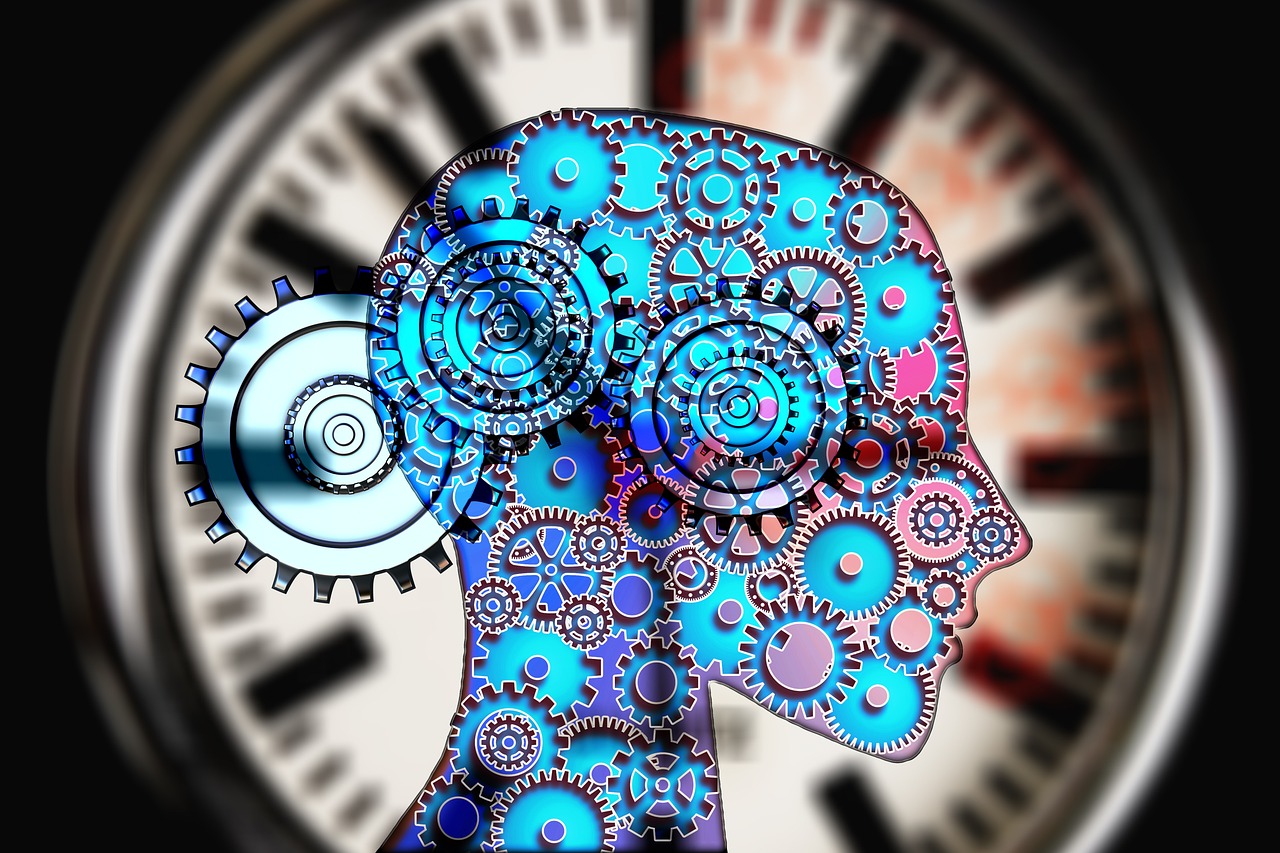Introduction to the Psychology of Color
The realm of modern art installations has witnessed a significant shift in recent years, with a growing emphasis on the psychological impact of color on the human experience. As we navigate the intricacies of this dynamic field, it becomes increasingly evident that the strategic use of color can evoke emotions, influence perceptions, and even alter our mood. In this article, we will delve into the fascinating world of color psychology, exploring its applications in modern art installations and the profound effects it has on our collective consciousness.
Understanding Color Theory
To truly grasp the psychology of color, it is essential to understand the fundamental principles of color theory. The color wheel, a circular representation of colors, serves as a foundation for comprehending the relationships between primary, secondary, and tertiary colors. By analyzing the color wheel, artists and designers can create harmonious color schemes that evoke specific emotions and moods. For instance, warm colors such as red, orange, and yellow are often associated with feelings of excitement, energy, and warmth, while cool colors like blue, green, and purple tend to induce calmness, serenity, and tranquility.
The Emotional Impact of Color
The emotional impact of color is a complex and multifaceted phenomenon that has been extensively studied in the fields of psychology and neuroscience. Research has shown that certain colors can stimulate the release of neurotransmitters, such as serotonin and dopamine, which play a crucial role in regulating our mood and emotions. For example, the color red has been found to increase heart rate and blood pressure, while the color blue has been shown to have a calming effect on the nervous system.
Color in Modern Art Installations
In the realm of modern art installations, color is frequently employed as a primary medium to convey emotions, ideas, and messages. Artists use color to create immersive experiences that engage the viewer on multiple levels, from the visual to the emotional. By carefully selecting and combining colors, artists can craft environments that are at once thought-provoking, emotionally resonant, and aesthetically stunning.
Types of Color Schemes
There are several types of color schemes that artists use in modern art installations, each with its unique characteristics and emotional connotations. Some of the most common color schemes include:
- Monochromatic: A single color used in various shades and tints to create a cohesive and harmonious visual effect.
- Complementary: Colors that are opposite each other on the color wheel, used to create a striking and contrasting visual effect.
- Analogous: Colors that are next to each other on the color wheel, used to create a smooth and transitions visual effect.
Case Studies: Notable Art Installations
Several notable art installations have showcased the effective use of color in evoking emotions and creating immersive experiences. For instance, the installation “Rain Room” by Random International features a large, dark room filled with falling water that pauses when a visitor enters the space. The use of a single color scheme, in this case, black and white, creates a dramatic and awe-inspiring visual effect.
The Science Behind Color Psychology
The science behind color psychology is a complex and rapidly evolving field that draws on insights from psychology, neuroscience, and biology. Research has shown that color can affect our mood, emotions, and even our physiological responses. The following table summarizes some of the key findings:
| Color | Emotional Association | Physiological Response |
| Red | Excitement, Energy | Increased Heart Rate, Blood Pressure |
| Blue | Calmness, Serenity | Decreased Heart Rate, Blood Pressure |
| Green | Balanced, Harmonious | Stabilized Heart Rate, Blood Pressure |
Frequently Asked Questions
Q: How does color affect our mood and emotions?
A: Color can affect our mood and emotions by stimulating the release of neurotransmitters, such as serotonin and dopamine, which play a crucial role in regulating our mood and emotions.
Q: What is the difference between warm and cool colors?
A: Warm colors, such as red, orange, and yellow, tend to evoke feelings of excitement, energy, and warmth, while cool colors, such as blue, green, and purple, tend to induce calmness, serenity, and tranquility.
Q: How do artists use color in modern art installations?
A: Artists use color to create immersive experiences that engage the viewer on multiple levels, from the visual to the emotional. By carefully selecting and combining colors, artists can craft environments that are at once thought-provoking, emotionally resonant, and aesthetically stunning.
Conclusion
In conclusion, the psychology of color is a rich and complex field that has been extensively explored in modern art installations. By understanding the emotional impact of color and the science behind color psychology, artists can create immersive experiences that engage the viewer on multiple levels. As we continue to navigate the ever-evolving landscape of modern art, it is essential to recognize the significance of color in shaping our emotions, perceptions, and collective consciousness. As noted in some of the best articles from respected publications, the effective use of color can elevate an art installation from a mere visual experience to a profound and unforgettable encounter.
